
Wolves are renowned apex predators, often dominating the ecosystems they inhabit. Despite their prowess, wolves approach several animals with caution, recognizing them as potential threats. Read on to learn about 15 of these animals.
Bears
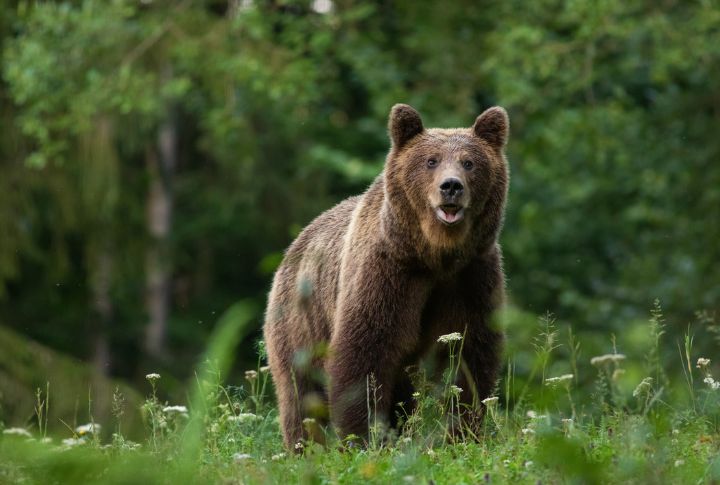
Wolves typically avoid confrontations with bears, especially grizzly and brown bears, which are larger and stronger. With their size and strength, grizzly and brown bears can easily injure or kill a wolf. When wolves encounter them, they try to steer clear of direct conflicts.
Mountain Lions
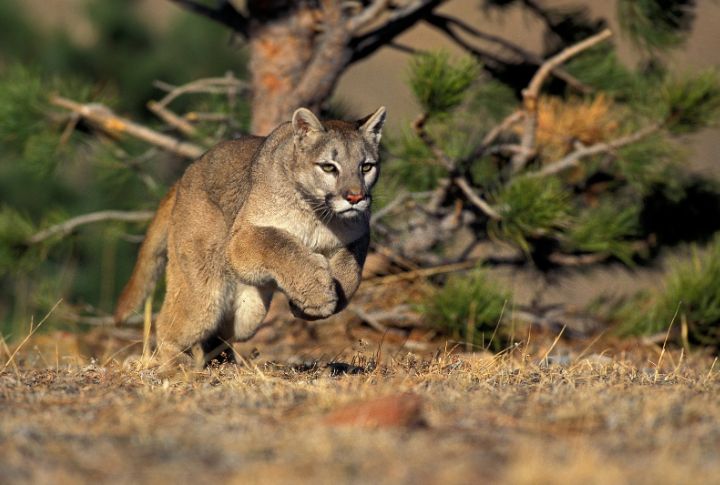
These solitary hunters, also known as cougars or pumas, can threaten wolves. Mountain lions are famous for their stealth and agility, making them intimidating even for wolves. A mountain lion can ambush a wolf and bite it on the neck or spine, incapacitating it quickly.
Wolverines
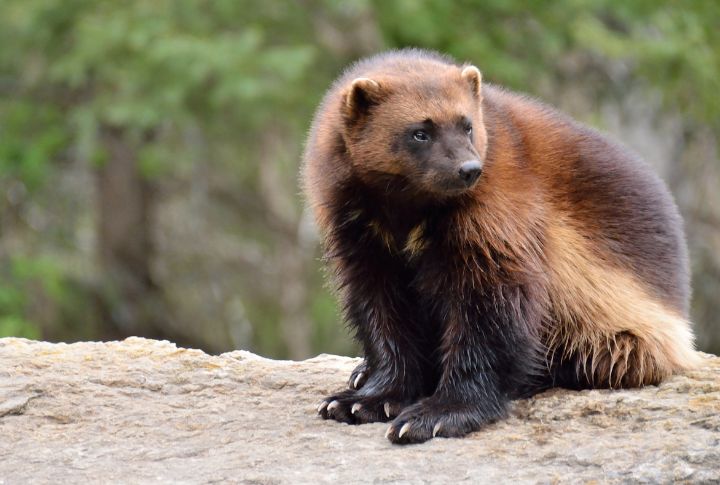
Wolverines are noted for their power, aggressiveness, and fearlessness. They can take on animals significantly larger than they are, including wolves. Wolverines have strong jaws and sharp claws, which they use to defend themselves.
Alligators
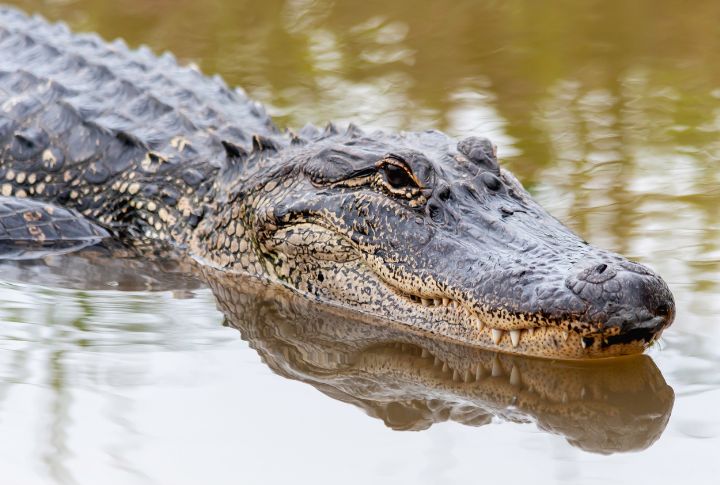
These strong predators can be dangerous to wolves, especially if the wolves are trying to cross a body of water inhabited by alligators. Alligators can lunge out of the water with surprising speed, grab a wolf, and drown it.
Crocodiles
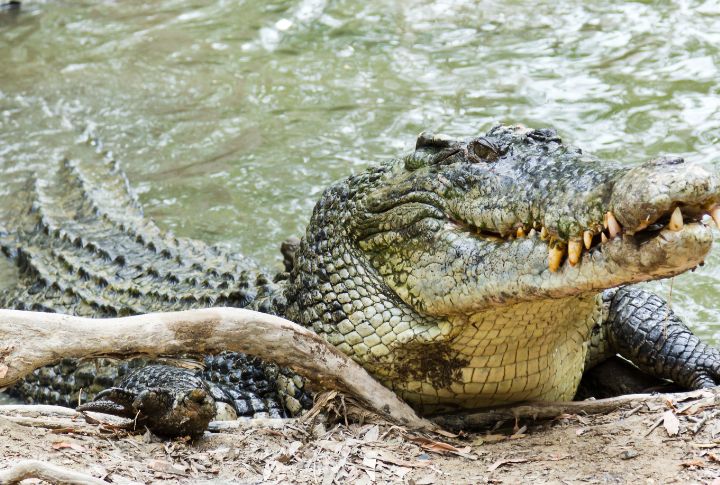
Similarly to alligators, crocodiles can be dangerous to wolves in areas where their habitats overlap. Crocodiles have powerful jaws and belligerent behavior, which can threaten wolves. As ambush predators, they can lie in wait near the water’s edge, making it difficult for wolves to detect them until it’s too late.
Large Constrictor Snakes
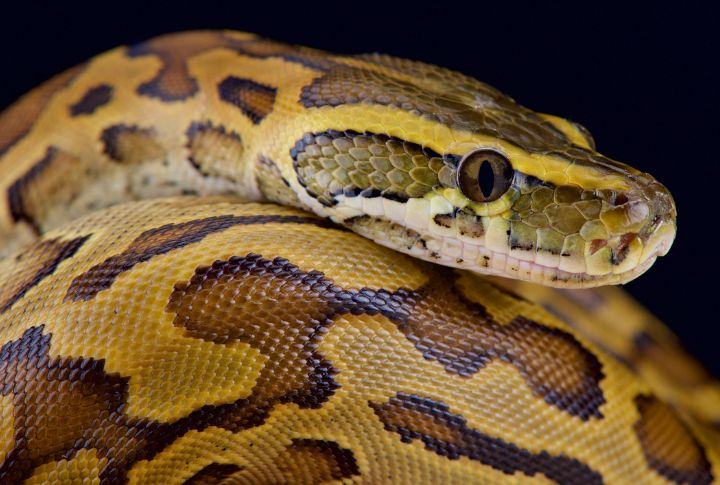
Snakes like pythons and anacondas are not directly threatening wolves but could pose a danger to younger or smaller wolves. These snakes are powerful constrictors that can suffocate their prey by wrapping around them and squeezing tightly.
Tigers

In regions where wolves and tigers coexist, tigers are apex predators that wolves would evade. They are larger and stronger than wolves, capable of hunting and killing them if they come into contact. As solitary hunters, they rely on stealth and strength to take down their prey, making them a formidable threat to wolves.
Humans

While not a natural predator, human activity can significantly endanger wolf populations. Hunting, habitat destruction, and conflicts with livestock owners are ways humans can negatively impact wolf populations.
Pack Animals

Animals that travel in packs or herds, such as buffalo or wild boars, can be dangerous, especially if they feel threatened. These animals can use their size, strength, and numbers to defend themselves against wolves.
Honey Badgers
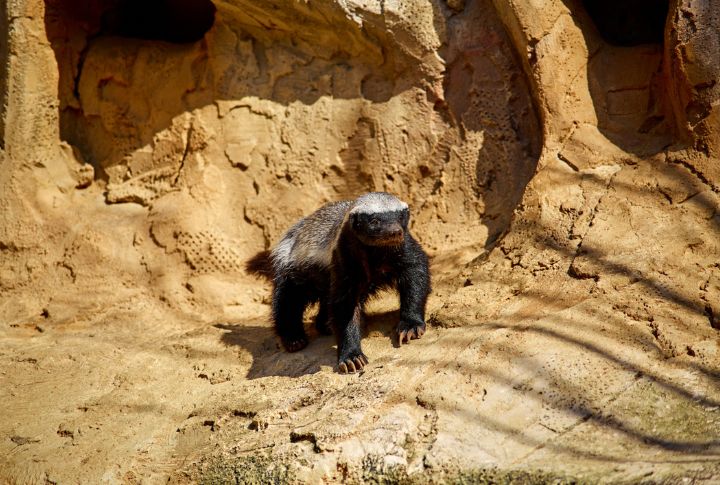
Despite their small size, honey badgers are aggressive and fearless. They are capable of defending against bigger animals, including wolves. Honey badgers have sharp claws and teeth, which they use to ward off predators.
Cape Buffalo

With their powerful horns and aggressive tendencies, Cape buffaloes can cause significant harm to wolves. These animals vigorously defend themselves against predators.
Moose
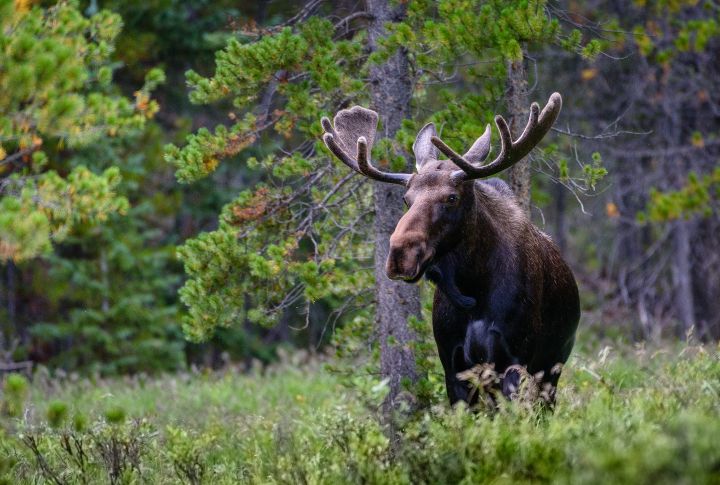
Despite being herbivores, they have belligerent behavior, particularly during the mating season or when protecting their young. A moose can injure a wolf with a powerful kick or using its antlers. Wolves are wary of moose and usually avoid them unless they are desperate for food.
Large Birds of Prey
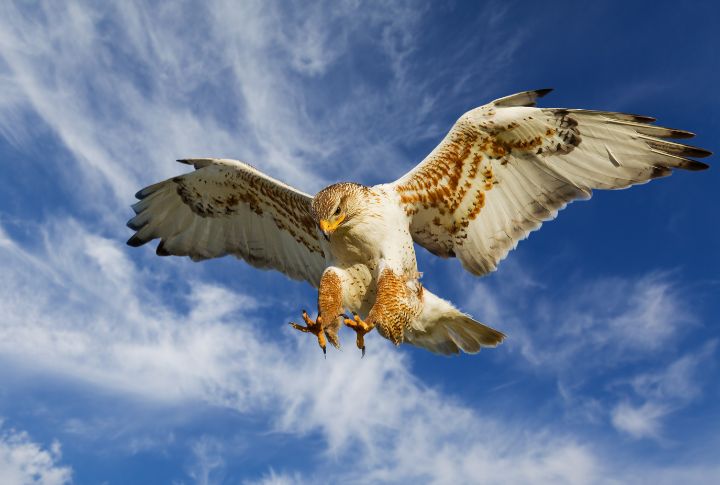
Eagles and other large birds of prey do not directly threaten adult wolves, but they can prey on young or injured wolves. These birds are capable hunters with sharp talons and beaks used for catching and killing their prey.
Hyenas

In regions where wolves and hyenas share habitats, they are dominant and could intimidate wolves. Hyenas are potent predators that hunt in packs and can drive away or kill wolves if they feel threatened.
Wild Dogs
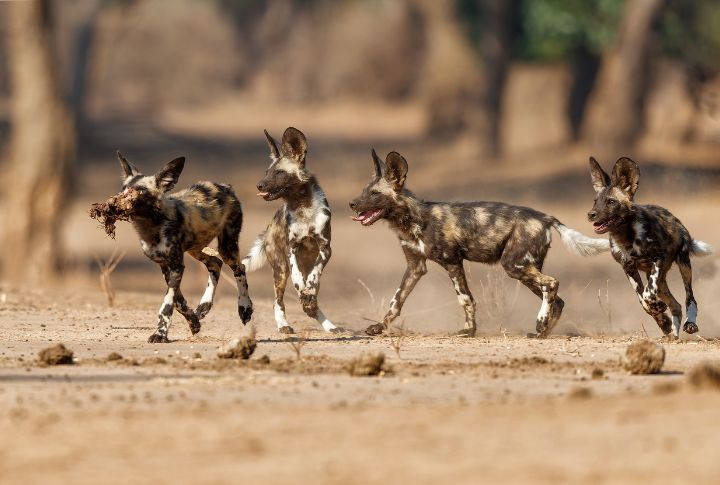
Packs of feral or wild dogs could threaten wolves, particularly if they outnumber them. These dogs are opportunistic hunters who can be hostile toward other predators in their territory.

Comments
Loading…